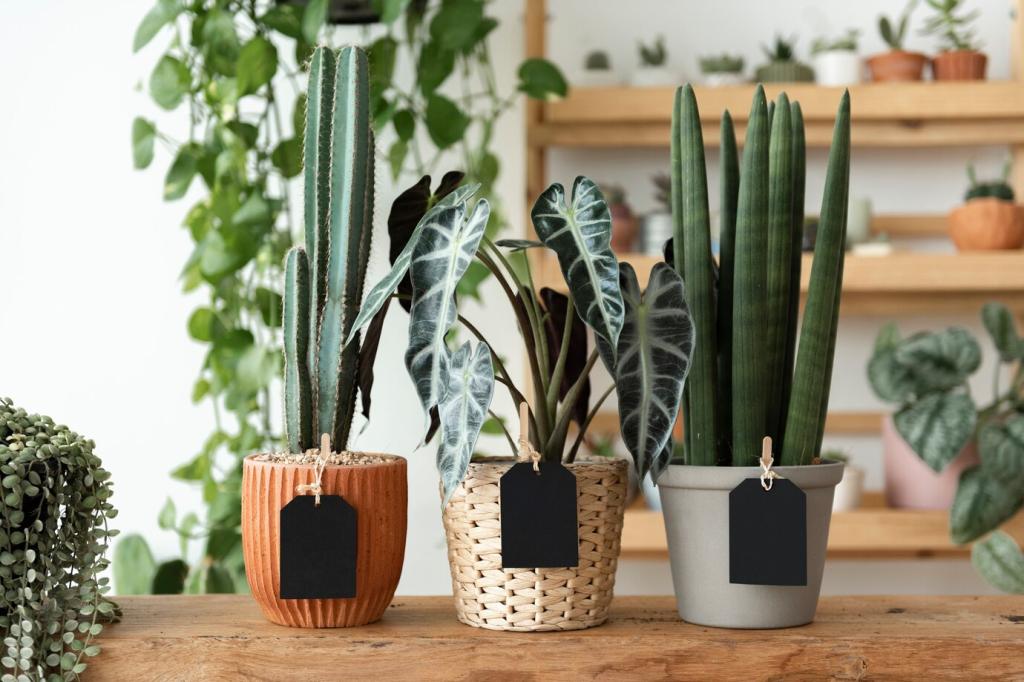The Real-World Benefits of Biophilic Design


Sharper Minds, Calmer Brains
Attention Restoration Theory suggests gentle, fascinating stimuli—rustling leaves, shifting shadows, textured wood—allow tired focus to recover. A designer told us simply moving her desk toward a leafy courtyard cut afternoon brain fog dramatically.
Sharper Minds, Calmer Brains
Multiple studies link indoor greenery, natural textures, and subtle water sounds with lower cortisol, steadier heart rates, and calmer self-reports. The body reads these cues as safety, allowing stress systems to downshift without conscious effort.
Health You Can Feel
Better air, better days
Cross-ventilation, operable windows, and low-emission materials form the backbone of healthy air, while plants contribute humidity balance and sensory freshness. Together they reduce stuffiness, headaches, and that mid-afternoon slump you can’t quite explain.
Light that aligns the clock
Ample morning daylight and high color-rendering light help synchronize circadian rhythms, supporting alertness by day and easier sleep later. Evening, warmer tones and dimmer levels cue wind-down, helping households settle without fighting biology.
Acoustic softness from natural materials
Wood ceilings, cork floors, wool textiles, and moss panels lower harsh reverberation so voices sound human instead of tinny. The result is fewer headaches, calmer conversations, and the mental spaciousness people notice but struggle to describe.
Productivity that pays
Views to nature, daylight-balanced task zones, and planted breakout areas correlate with fewer sick days and better sustained concentration. People stay longer in flow, meetings end faster, and decision fatigue softens by late afternoon.
Design that signals care
Natural finishes and living elements communicate that leaders invest in comfort and health, not just square footage. Candidates feel it during first impressions, translating to recruiting edge, trust-building, and smoother cultural onboarding.
Case snapshot: a lobby reimagined
A software firm replaced a glossy, echoing lobby with daylight, indoor trees, and a stone bench warmed by sun. Within ninety days, visitors lingered, staff preferred stairs, and satisfaction surveys climbed across multiple small indicators.
A humble herb trio—basil, mint, thyme—turns meal prep into a sensory reset. Tending leaves, noticing scents, and micro-harvesting shift attention outward, encouraging mindful breaks and fresher, healthier dishes on ordinary weeknights.
Homes as Everyday Sanctuaries

Learning Spaces That Inspire
Leaf patterns, daylight variability, and indoor gardens provide low-demand fascination that eases mental effort. Students often report clearer recall and softer test anxiety when classrooms balance stimulation with calming, nature-grounded cues.
Learning Spaces That Inspire
Circulation paths with daylight, window perches, and rotating nature displays encourage micro-adventures between lessons. These short, curiosity-led movements recharge attention and build intrinsic motivation without draining discipline reserves.
Street trees and social trust
Shade and birdsong slow people down just enough to notice neighbors. Benches fill, casual conversations happen, and small businesses benefit as sidewalks feel more welcoming, legible, and safe for everyday errands.
Cooling the heat
Tree canopies, cool pavements, and green roofs temper heat islands, easing summer evenings and reducing energy peaks. These breathable buffers make cities kinder during heat waves while supporting walkability and outdoor life.
Participatory greening
Community planter programs, adopt-a-tree maps, and pocket-park design workshops create shared stewardship. When residents co-create green spaces, benefits last longer, maintenance improves, and a collective sense of agency grows stronger.

